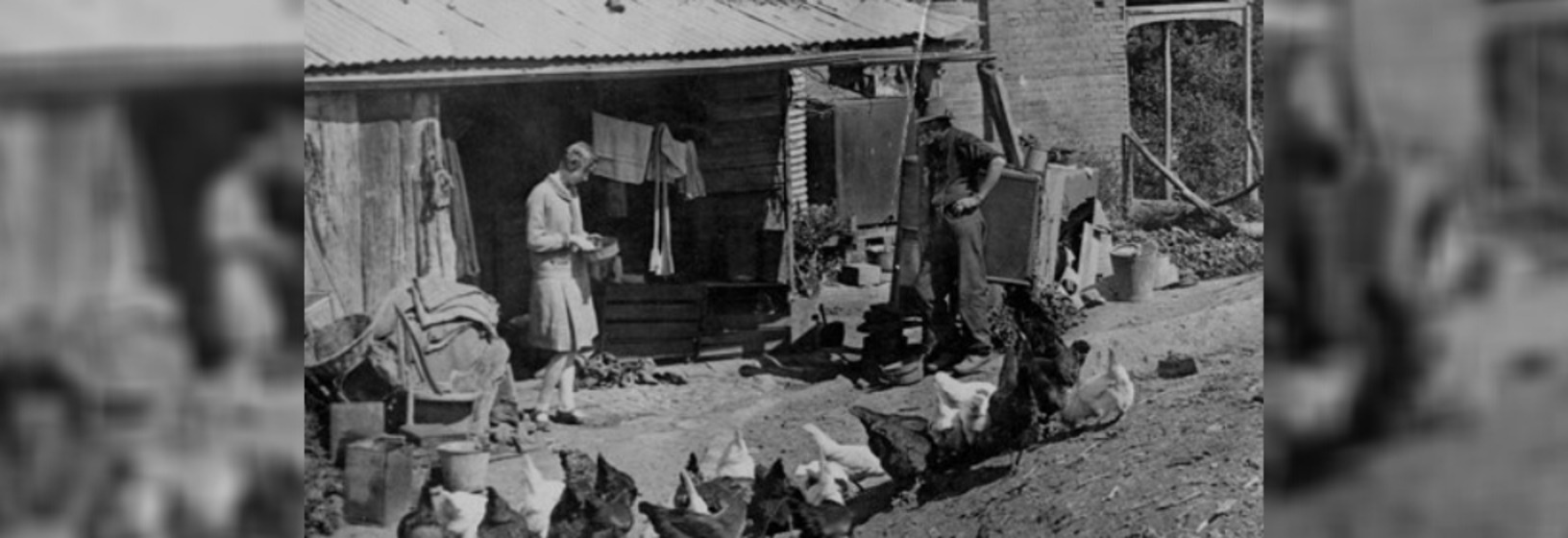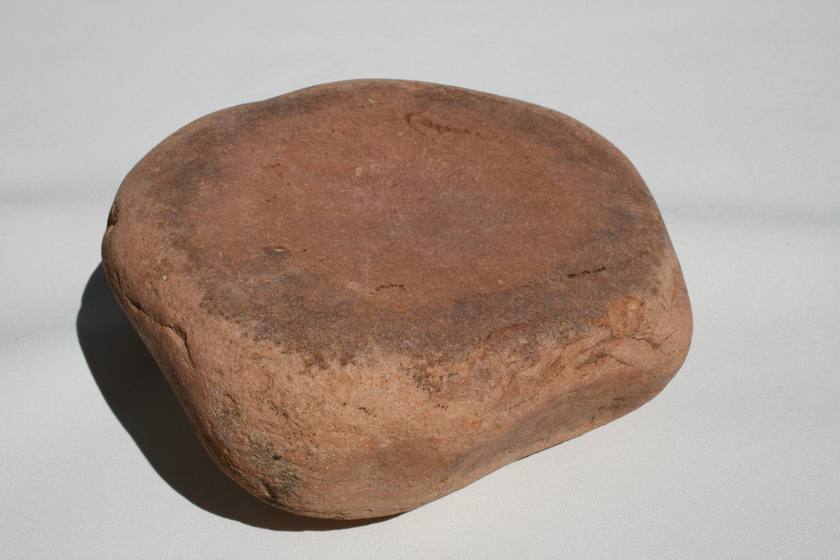Stories of Women on the Land
Women's agricultural heritage in Victorian cultural collections.
From the grinding stones of Australia’s first farmers, Wagga quilts, butter pats and recipe books to family photographs, garden tools and agricultural equipment – women’s farm work is frequently found in museums. The contribution of women to Australian agriculture has a rich and very deep history. Yet these stories have been unacknowledged and continue to be undervalued.
The nature of women’s farm work is often rendered invisible because much of it is intangible and ephemeral, is characterised by relationships and oral tradition, and dismissed as just ‘domestic’ work when in fact this work is what has often sustained families, farms and communities. The layers of invisibility are even deeper for migrant and Indigenous women.
There has also been a long history of official barriers to recognising women’s work on the land. Farm women were deliberately omitted from the 1891 Victorian Census. Women were excluded from agriculture courses up into the early 1970s. It wasn’t until 1994 that women were legally recognised as farmers, prior to this they were defined as ‘non-productive "sleeping" partners’. And, It is only in recent years that scholars have finally acknowledged the 40-50,000 years of Indigenous knowledge and practice in complex systems of agriculture and aquaculture.
Victorian museums are a treasure trove of untold stories about the extraordinary lives of farm women and how they have shaped our land and rural communities.












